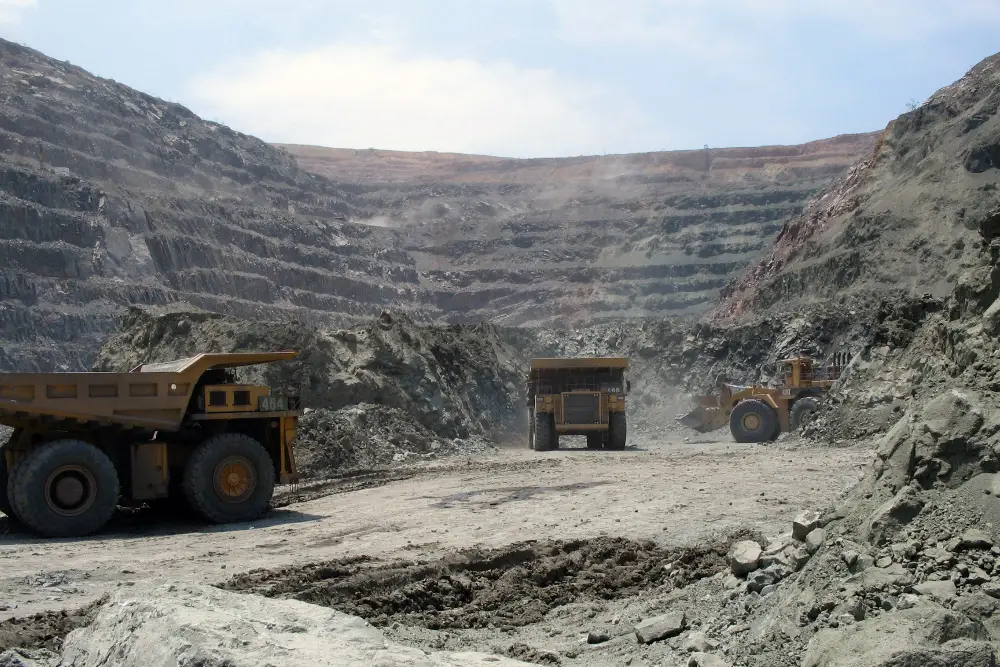When we think of diamonds we envision beautiful sparkles and gorgeous jewelry. Yet behind the glittering facade of the diamond industry lies a harsh reality: the methods of diamond mining come with significant ethical, environmental, and human costs. There’s a price paid in diamond mining – and it’s carried by the planet and its people.
The Process of Diamond Mining #
Diamonds are mined through several methods, including:
1.Open-Pit Mining: Large open pits are dug to extract diamonds closer to the surface. This method is highly invasive, leaving behind enormous scars on the landscape.
2.Underground Mining: Tunnels are created deep within the earth to access diamonds. While less visible than open pits, this method poses risks to worker safety.
3.Alluvial Mining: Diamonds washed out of their primary deposits are sifted from riverbeds and soil. This is common in regions with rich diamond reserves but is often unregulated.
4.Marine Mining: Diamonds located beneath the ocean floor are retrieved using advanced equipment. This disrupts marine ecosystems and biodiversity.

The Ethical Cost #
One of the most troubling aspects of diamond mining is its association with conflict diamonds, also known as blood diamonds. These are stones mined in war zones and sold to finance armed conflict against governments, perpetuating violence and instability. Despite international regulations like the Kimberley Process, gaps in enforcement mean that unethical diamonds still enter global markets.
Moreover, in some regions, miners are subjected to exploitative labour practices, including low wages, hazardous working conditions, and child labour. The quest for diamonds often leaves communities trapped in cycles of poverty and dependency.
The Environmental Impact #
Diamond mining is notoriously destructive to the environment. Open-pit mines disrupt ecosystems, displace wildlife, and contribute to deforestation. Alluvial mining strips riverbeds and soils, leading to erosion and water pollution.
Additionally, the industry is a significant contributor to greenhouse gas emissions. The energy-intensive nature of diamond extraction, particularly in remote locations, leaves a sizeable carbon footprint.
The Human Cost #
Mining communities often bear the brunt of diamond extraction. Workers risk their lives in dangerous conditions, with little access to healthcare or safety measures. Local populations may face displacement as land is seized for mining operations, disrupting their livelihoods and cultural heritage.
The Alternative: Lab Grown Diamonds #
Lab-grown diamonds offer a sustainable and ethical alternative to mined diamonds. Created in controlled environments using advanced technology, these diamonds are physically, chemically, and optically identical to their mined counterparts. Crucially, they are produced without the ethical dilemmas and environmental damage associated with traditional mining.
Why Transparency Matters #
As consumers, we have the power to drive change by demanding transparency from retailers and choosing ethically sourced or lab-grown diamonds. Brands that prioritise sustainability and fair trade – like Adamas! – will reshape the industry, ensuring that the beauty of a diamond is not marred by its origins.
Diamonds may be forever, but so are the scars left by unethical mining practices. Understanding the true cost of diamonds helps us make informed choices that align with our values. By supporting sustainable and ethical options, we can enjoy the brilliance of diamonds without compromising the planet or its people.


